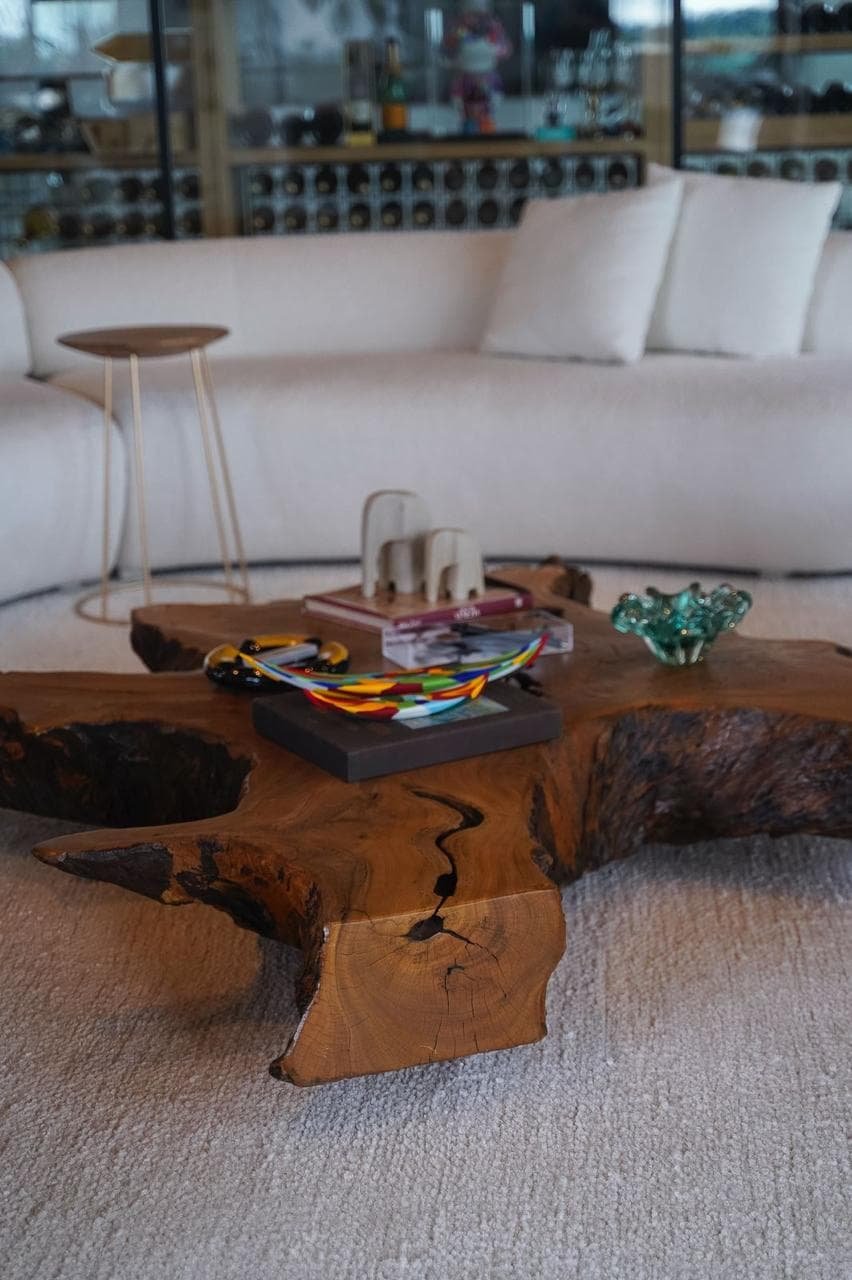An expert gardener recently shared revolutionary tips for growing fast-growing hedges, radically transforming traditional methods. These tips, validated by agronomic experts, reveal how to optimize the density, health and aesthetics of hedges, be they hornbeam, cedar or other species. Discover how these simple, yet often overlooked, techniques are redefining the art of professional gardening.
The secrets of fertilizing for vigorous hedges
The importance of targeted nutrient intake
They require fast growing hedges strategic fertilization to support their development. Professional gardeners now prefer fertilizers organic (compost, manure) or specific formulas, such as those designed for cedars, which stimulate rooting and density.
The best times to fertilize
The ideal period is in early spring OR after pruningwhen plants enter the active growth phase. This practice allows you to:
- Increases leaf production thanks to the nitrogen
- Strengthen the root system with potassium and phosphorus
- Prevent shortages which weaken the shrubs
Synthetic vs natural fertilizers: the choice of professionals
If chemical fertilizers act quickly, professionals recommend alternating them with organic solutions for:
- Keep the soil balanced
- Avoid salinization of the substrate
- Promote biodiversity microbial
Pruning techniques that transform hedges
The bias cut: a revolutionary gesture
Unlike the classic horizontal cutting, gardeners now apply a slight inclination (upwards or inwards) for:
- Optimize light exposure lower branches
- Prevent hair loss from Base de la haie
The trapezoidal shape: the secret of homogeneous density
By adopting a wide base and narrow topprofessionals guarantee:
- Distribution too sunlight
- Balanced growth over the entire height
- A resistant structure in bad weather
Mistakes to avoid when pruning
Some practices, such as cutting too radically on the lower parts, can:
- It creates irreparable holes in species with dense natural growth (thuja, cypress)
- Weaken overall health from Haie
- They disturb the aesthetic balance
Biodiversity: the unexpected ally of lush hedges
Companion plants: a natural protection network
Integrate perennial plants OR wild flowers around the hedges it creates a dynamic ecosystem that:
- Attracts auxiliaries (bees, ladybugs)
- Repels parasites through chemical interactions
- Improves soil health through radical symbiosis
Microclimate: an often overlooked key factor
By combining different species, gardeners generate a microenvironment Who:
- Regulates humidity and the temperature
- Protects from strong winds
- Optimizes nutrient absorption
The specificities of cedar hedges: a textbook case
A tailor-made fertilizer for vibrant cedars
Professionals now use exclusive formulas designed for cedars, which:
- Intensifies the color needles
- Stimulate deep rooting
- Prevent diseases through reinforced action
Common mistakes with cedars
Despite their solid reputation, these trees require specific care:
- Excessive fertilization : risk of radical burns
- Excessive watering : prefers mushrooms
- Too frequent pruning : depletes energy reserves
Plants to favor for quick hedges
Cherry Laurel: A versatile choice
THE Prunus laurocerasus stands out for:
- Rapid growth (up to 50 cm/year)
- Resistance to disease
- Adaptability with various terrains
Alternatives to classic pergolas
Experienced gardeners now test:
- Bossi for rigorous geometric shapes
- Privets for scented hedges
- Evergreen plants for a winter effect
The essential tools for a professional gardener
Curved blade pruners: a revolution
These tools allow:
- Precise cuts effortlessly
- Better ergonomics
- Reduced injuries on the stems
Backpack sprayers: a time saver
Ideal for large-scale treatments, they:
- Cover large areas quickly
- Maintain constant pressure
- Reduce waste of products
Future challenges for fast-growing hedgerows
The impact of global warming
Gardeners must adapt to:
- Extended growing seasons
- More frequent droughts
- Parasite attacks more aggressive
The evolution of aesthetic expectations
Customers now prefer:
-
“Low maintenance” hedges.
-
Organic forms rather than geometric
-
Recycled materials for supports
: Reinventing gardening with proven methods
The advice revealed by this professional gardener illustrates a silent revolution in horticultural practices. By combining targeted fertilization, innovative pruning and ecological management, professionals manage to create hedges that are both aesthetic, resilient et durable goods. These techniques, validated by years of experience, demonstrate that the art of modern gardening is based on an alliance between tradition and innovation.
latest posts published

How to set up a wardrobe in your apartment: tips and advantages

Discover the sophisticated furnishings of Progetto Decor

Luxury design: the balance between comfort, elegance and functionality

Discover the luxury furnishings of Progetto Decor

Garden in the apartment: discover the advantages

Discover Progetto Decor’s line of custom-made luxury furniture

The main tips for creating integrated environments

Ambient lighting tips

3D projects: transform spaces with luxury and innovation


